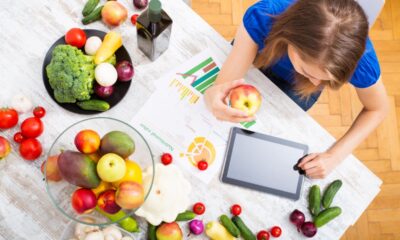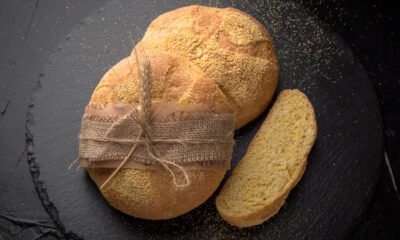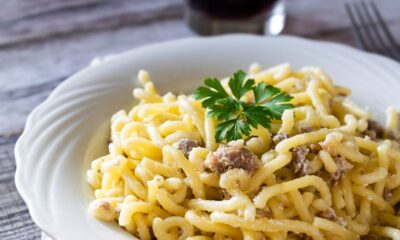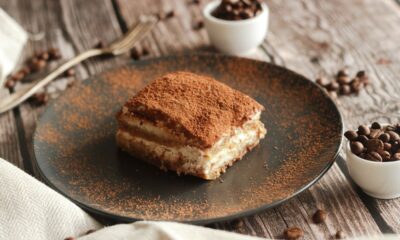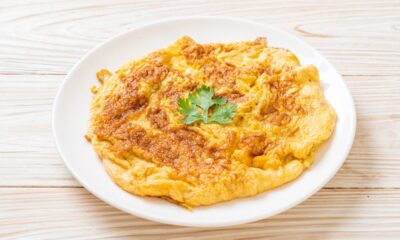Food
Foods rich in sodium: beware of packaged products and (also) bread!
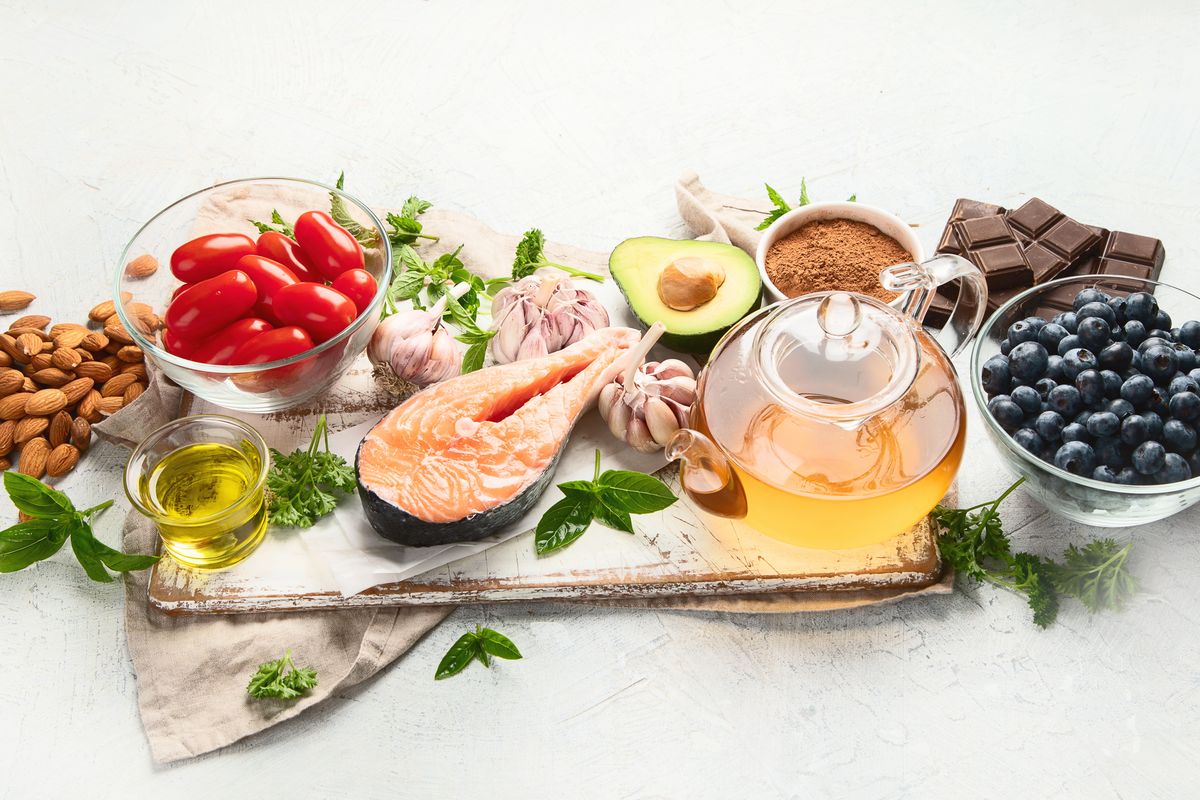
What Are Sodium-Rich Foods? From sausages to baked and packaged products: let's see the foods that contain this nutrient.
Sodium is an essential nutrient for everyone, from adults to children to the elderly. In the diet, the main source of sodium is table salt, today considered a condiment to be limited, especially for some subjects. Let's see which foods are rich in sodium and when it is appropriate to consume them as little as possible.
Foods rich in sodium: what are they?
Considered one of the oldest preservatives ever and for a period also used as a currency, salt is the major source of sodium in the diet. In fact, it is composed of 40% sodium and 60% chloride. Although about 90% of your sodium intake comes from table salt, it is good to know which foods are high in sodium.
Foods with sodium, to be consumed with some caution , are above all cheeses and cured meats. Generally, however, it is other foods that represent a wake-up call. We are talking about bread and baked goods, such as: pizza, biscuits, crackers, breadsticks, snacks, croissants and breakfast cereals. The reason is simple: meats and cheeses, in most cases, are not consumed daily, while pane & Co is. In any case, it is good to reiterate that almost all the sodium that is introduced into the diet comes from the salt that is used when cooking dishes.

Foods with sodium yes or foods with sodium no?
If you want to keep the intake of this nutrient under control, in addition to reducing salt as a condiment and the foods listed above, the sodium-rich foods to avoid are all those prepackaged, processed and prepared. These, in order to respect the long conservation, need a certain amount of salt. Therefore, to limit as much as possible there are also: sandwiches, soups, sausages, peanuts, chips, popcorn, ketchup, mustard, mayonnaise, pickles, olives and almost all ready-made foods.
On the other hand, all fresh or frozen foods, eggs and milk contain little sodium . Especially fruit and vegetables are low in sodium, but rich in potassium , an element that counterbalances the excessive intake of the other nutrient.
Riproduzione riservata © - WT


